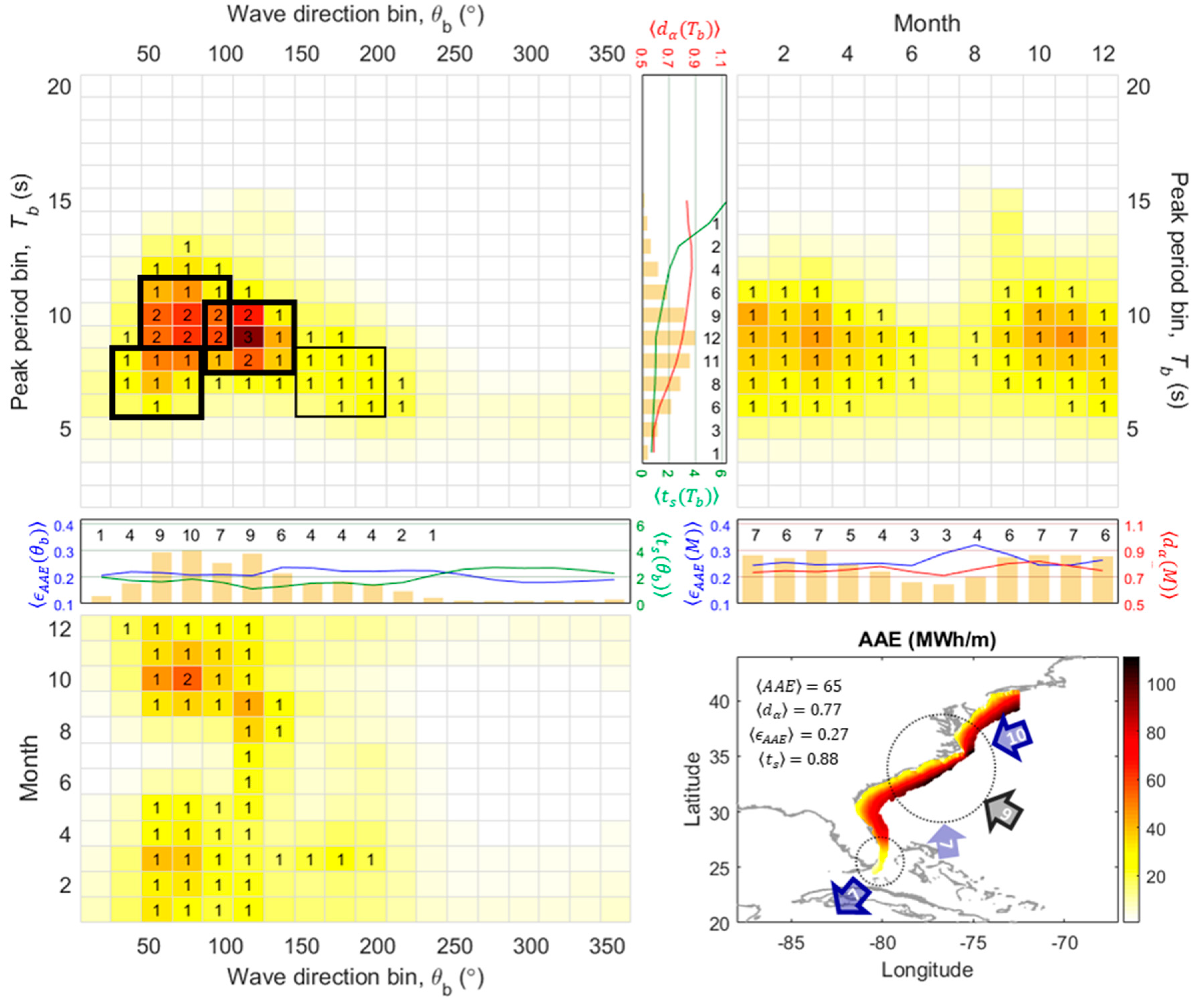

Theta waves are associated with drowsiness or arousal in adults and older children. Theta waves are often associated with deep states of meditation, peak spiritual experiences, and higher states of consciousness. At the beginning of “stage 1 sleep” alpha waves disappear and theta waves appear. Your brain also produces alpha waves just before you drift off to sleep and just before you wake up. You produce alpha waves when you relax to guided imagery. Some people consider alpha waves to be the link between the conscious mind and the subconscious. Alpha is considered the gateway to meditation. If you’re like most people, when you close your eyes and take a few slow, deep breaths you’ll experience a light, relaxed alpha state. Alpha is often called a “hypnogogic” state because you may experience spontaneous mental imagery. Many people are “in alpha” while watching TV. Alpha Waves: 8-13 HzĪlpha is the brain wave associated with relaxed, daydreaming states of mind it’s a state of relaxed, detached awareness.

While the beta state has gotten a bad rap in some meditation circles, you need your brain to generate beta waves in order to think and function consciously.īut when you want to relax, it’s time to shift into alpha. A predominance of beta waves is associated with being alert, active, and whenever you concentrate on learning something or doing an activity that requires focus.īeta waves are also associated with over-thinking and worry. Your brain is producing beta waves as you are reading this. Meditation, neurofeedback, hypnosis, and guided imagery have all been shown to help people control their brain waves more efficiently for better health, higher performance, and a more positive experience of life. In general, the slower the frequency of your brain waves, the more relaxed you feel. Like sound frequencies, brain waves are measured in Hz, or cycles per second. There are 4 basic brain wave frequencies and each correlates with a specific state of consciousness. That distinction would go to German psychiatrist and physiologist Hans Berger who invented the device that would begin the field of electroencephalography. Nearly a half century would pass before the first human EEG (electroencephalogram) was recorded. The first article about electrical phenomena in the brains of monkeys and rabbits was published in the British Medical Journal of 1875. The fact that our brains are electrical is a relatively new discovery.


 0 kommentar(er)
0 kommentar(er)
